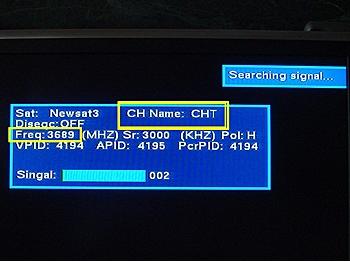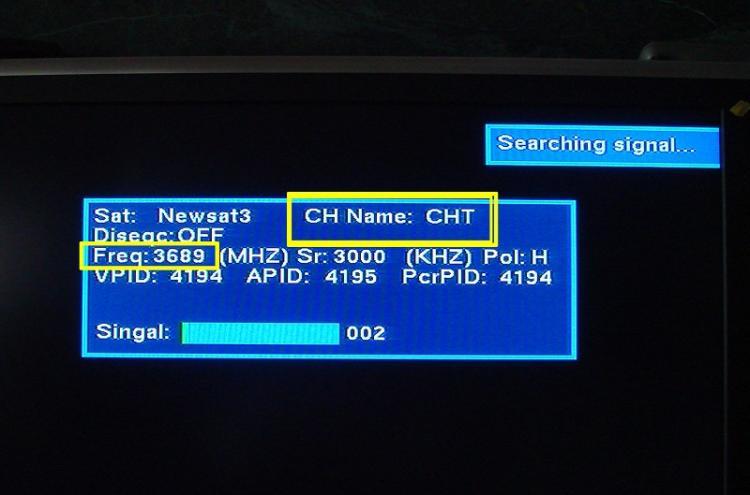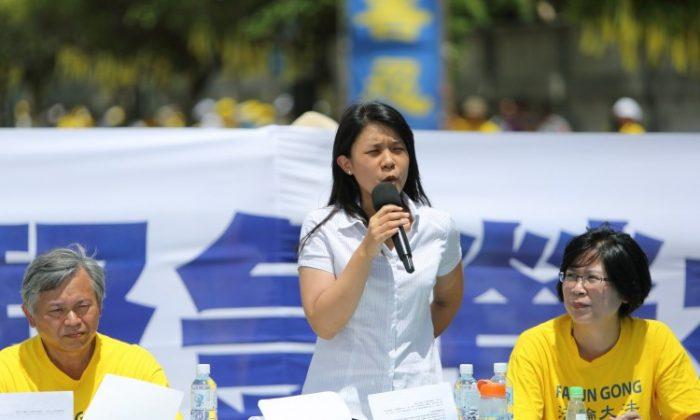From late September up to Oct. 1 when the Chinese Communist Party (CCP) celebrated its 60 years of power, New Tang Dynasty Asia Pacific Television’s (NTD APTV) signal was disrupted and eventually blocked. After Oct. 1, the signal was no longer interfered with.
The CCP is known to be antagonistic toward the NTD APTV broadcaster, as it frequently reports on news censored by state-run media in China, such as religious persecution, ethnic conflicts, mass riots, and human rights stories.
At a meeting called by Taiwan’s National Communications Committee, station representatives reported that technical staff had identified, after decoding the signals on their satellite, a “suspicious channel” during the period in question.
“CHT” is an abbreviation for Chunghwa Telecom, the national Taiwanese broadcaster whose satellite NTD APTV leases for broadcasts over China and Taiwan. The Communications Commission has given Chunghwa one week to provide an explanation for why a CHT signal was discovered.
Chunghwa Says Signals Hard to Trace
A Chunghwa executive said at the meeting that his company had followed standard operating procedure when the satellite interference occurred. When they inspected the equipment, found nothing wrong, and yet the interference persisted, they set up a monitoring system which indicated that the interfering signal was a “pure carrier,” according to Chiou Wen-fu, Deputy Manager of Chunghwa’s Satellite Division.
Chunghwa took counter measures but was unable to stop the interference, Chiou said. He stressed the difficulty in tracing the source of interference.
Chunghwa later established a backup system, providing a spare frequency range for NTD APTV’s leased satellite. In future the signal may be broadcast from a spare frequency in case of interference, allowing normal operations to resume quickly.
Shifting frequencies would not solve the problem for the television station, however, given that their signal would still be linked to a single frequency and could therefore still be easily targeted. If the company was able to broadcast its signal through multiple frequencies, any interference would also affect signals from other companies, and the broader impact would alert the Taiwanese government, according to the broadcaster’s representative Teresa Chu.
What is ‘CHT’?
Following Chiou’s statement at the meeting, representatives from the station presented evidence that the interference was not caused by a pure carrier as Chunghwa said, but rather by an unknown channel, coded “CHT.”
Engineers from the broadcaster had found the unknown CHT channel with a frequency of 3689 MHz on their decoding equipment on Sept. 23. A different piece of equipment also found the CHT channel at different times when signal disruptions occurred.
Chiou, the Chunghwa executive, said he needed more information before tackling that question.
Lin Ching-chih, a top Commission official, said he had until Nov. 6.
Read the original Chinese article.







Friends Read Free